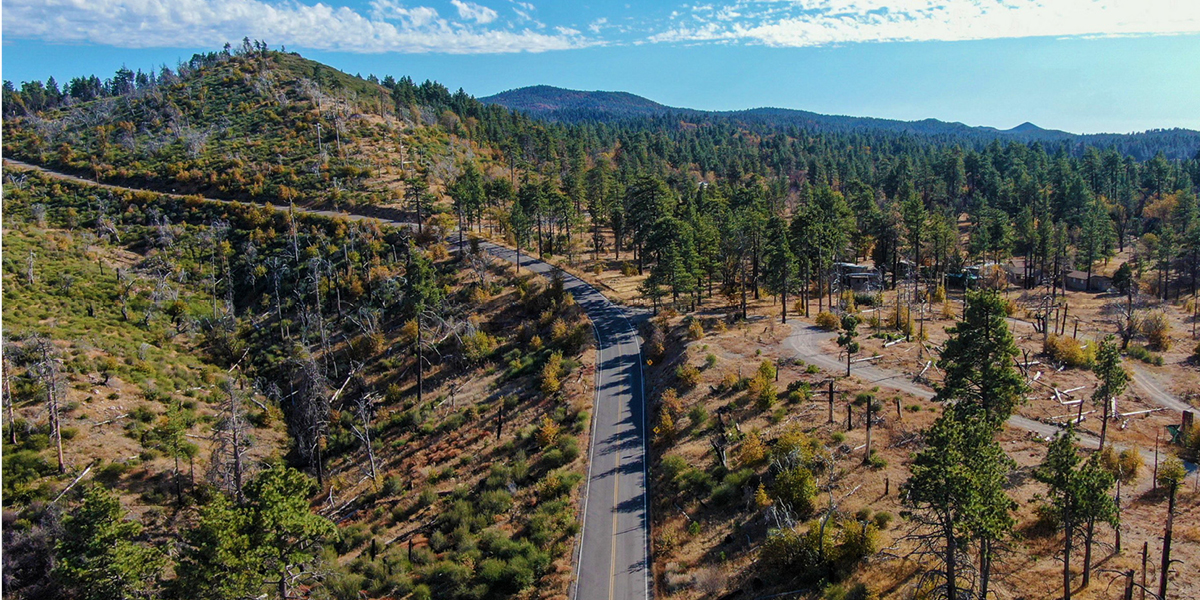Most often, the first thing a new acquaintance says to me is, “So, mitigation … what’s that?”
Typically, we respond with the CliffsNotes version: San Diego Foundation (SDF) has been entrusted to help permanently conserve tens of thousands of acres of land in our region by holding endowment and non-endowment funds to pay for the ongoing management of these protected lands.
There’s Slightly More to Mitigation Than That
Mitigation is related to land development.
Developers must apply for permits for new or redevelopment projects before they can do any work. These permits are approved by various, and often multiple, government agencies like U.S. Fish & Wildlife Service, U.S. Army Corps of Engineers, California Department of Fish & Wildlife, and County and City governments.
When developers apply for permits, they often must submit a detailed analysis in the form of an Environmental Impact Report (commonly called an EIR) regarding the impacts of their construction on the property and surrounding areas. Impacts include noise and traffic, as well as effects to endangered species of plants, animals and aquatic life.
If it is determined that the EIR shows a negative impact on an endangered habitat or species, the developer is required to offset or mitigate that impact.
How Do Developers Mitigate?
Developers have a few different options available.
First, they can try to reconfigure their project to avoid or minimize the issue. For instance, they can change a building’s placement on a property.
Suppose it becomes apparent that the negative impact is unavoidable. In that case, the permitting agency works with the developer to determine how best to offset that specific impact by selecting from a few different options, including off- or on-site mitigation, mitigation bank credits, or in-lieu fee mitigation.
All of these require the developer to establish or contribute to pre-existing endowment and non-endowment funds that pay for ongoing management and maintenance of conserved land or endangered species by a habitat manager.
What is SDF’s Role in Mitigation?
SDF acts as a third-party endowment and non-endowment fund manager for mitigation projects.
We opened our first mitigation fund in 1996. We were only involved on the periphery until 2005, when growing concerns arose over the appropriate management of mitigation funds. Our long history of investment performance and our commitment to environmental initiatives prompted several government agencies and nonprofits to request we consider a more active partnership.
Since then, we have worked closely with partners to develop innovative solutions allowing us to structure funds that meet everyone’s needs while also providing financial expertise and security.
Today, the tens of thousands of acres permanently conserved are supported by more than $57 million of mitigation and other conservation-related funds held at San Diego Foundation – helping to conserve the most biologically diverse county in the country, a fact all San Diegans can be proud of.





